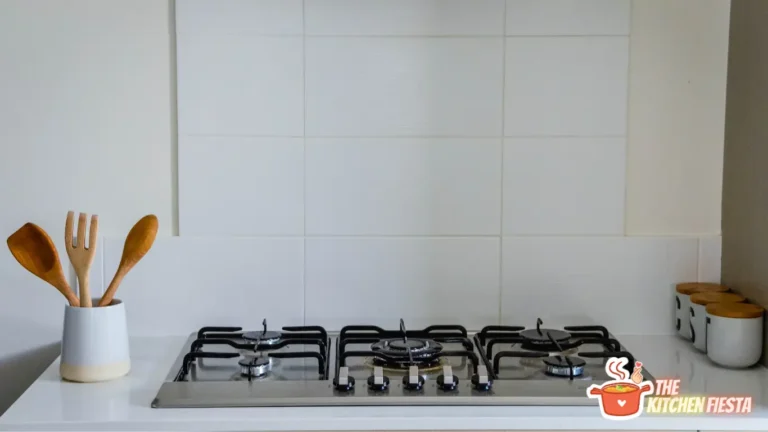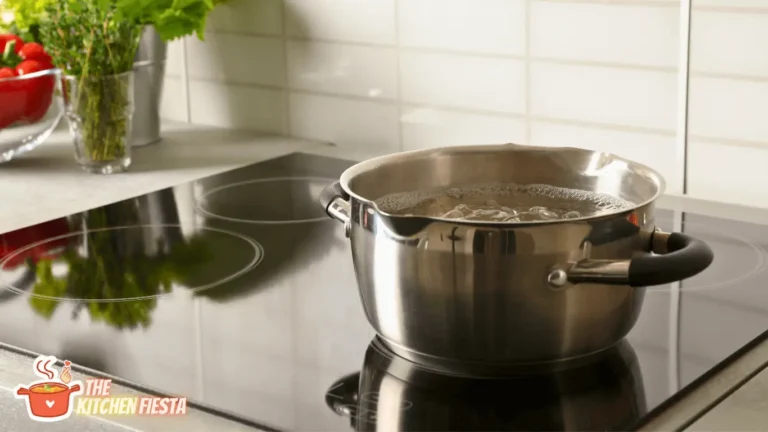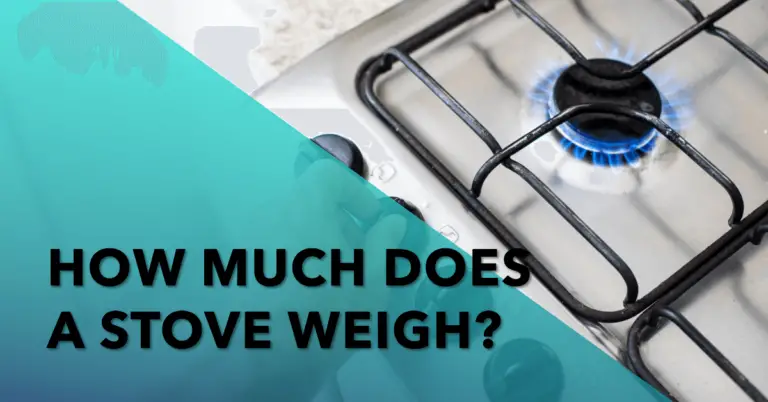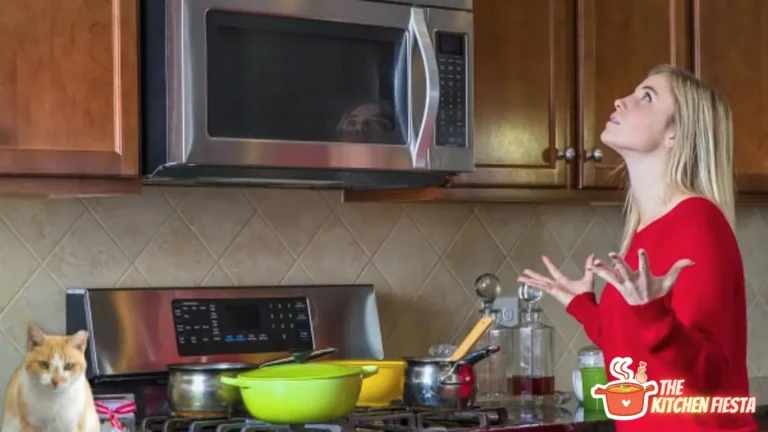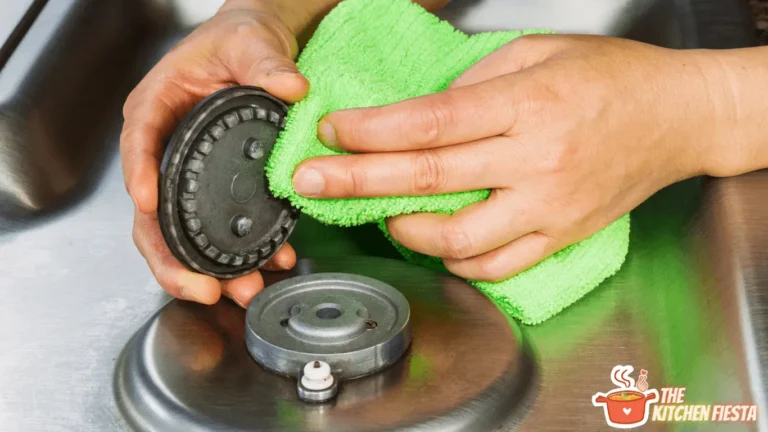Mice Living in Stove Insulation: Causes and Solutions
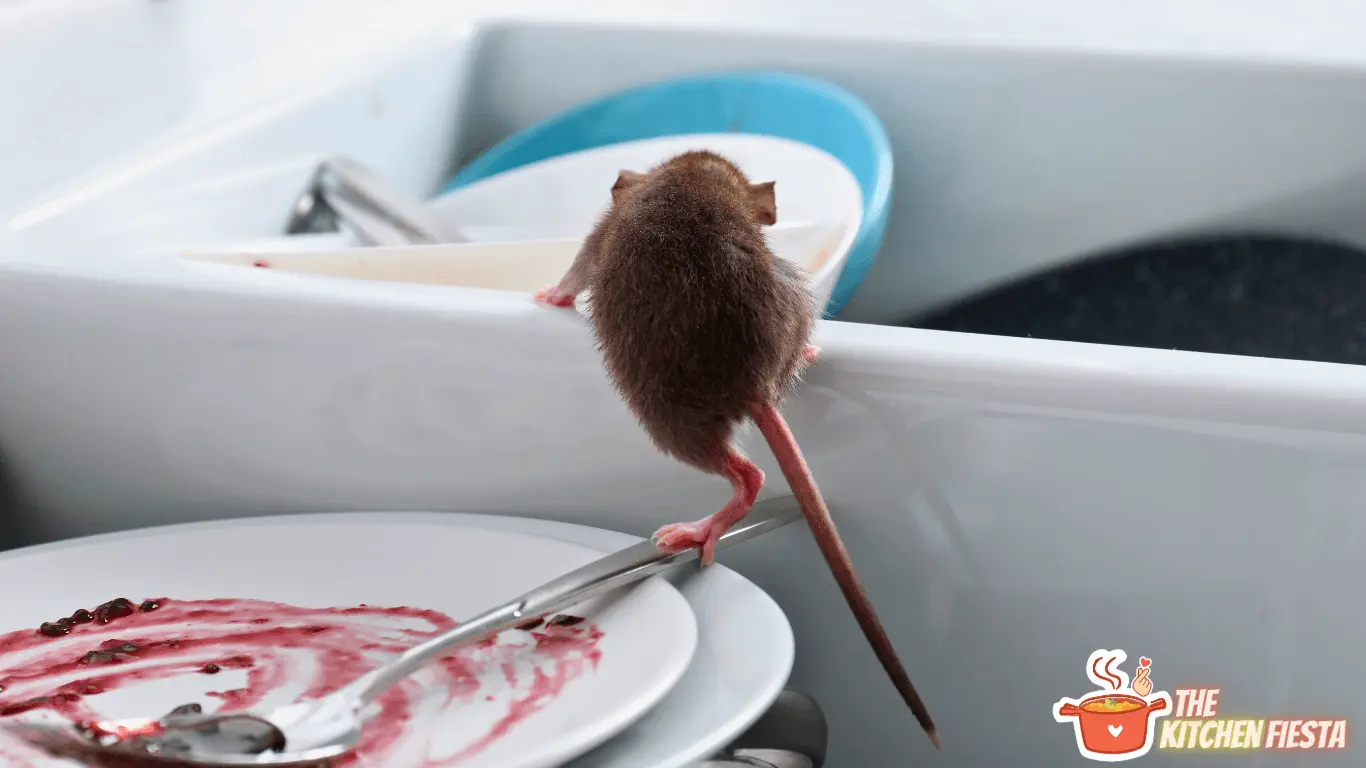
Mice are common household pests that can cause significant damage to homes. One area where mice can often be found is stove insulation. This can be a problem for homeowners, as mice can chew through wires and cause fires and contaminate food preparation areas with their droppings and urine.
Understanding the behavior of mice is crucial in preventing infestations in stove insulation. Mice are attracted to warm areas with a food source, making stove insulation an ideal location for them to nest.
Once they have established a nest, they can quickly multiply, making it difficult to control the infestation. It is important to identify the signs of mice in stove insulation early on to prevent further damage.
Key Takeaways
- Mice can cause significant damage to homes by chewing through wires and contaminating food preparation areas.
- Understanding mouse behavior is vital to preventing infestations in stove insulation.
- Early identification of mice in stove insulation is important to prevent further damage.
Understanding Mice Behavior
Mice Nesting Habits
Mice are known for their nesting habits and can create nests in various locations. These nests can be found in attics, basements, and stove insulation. Mice prefer to nest in warm, dark, and secluded areas. This is why stove insulation is an ideal location for them.
Mice will create nests from any materials, including paper, fabric, and insulation. They will also chew through materials to create their nests. This is why it is important to inspect your stove insulation regularly to ensure it is not used as a nesting site.
Why Mice Choose Stoves
Mice are attracted to stoves for several reasons. First, stoves provide warmth, essential for mice during the colder months. Second, stoves provide a source of food. Mice often feed on food crumbs and spills left behind on the stove. Finally, stoves provide a secluded location for mice to nest.
Mice can pose a health risk to humans. They can carry diseases and bacteria that can be harmful to humans. This is why preventing mice from nesting in your stove insulation is vital.
Risks of Mice in Stove Insulation
1. Health Risks
Mice living in stove insulation can pose health risks to humans. They carry diseases and parasites, which can be transmitted through their droppings, urine, and saliva. These diseases include hantavirus, salmonella, and leptospirosis, among others. Inhaling dust contaminated with mouse droppings can cause respiratory problems like asthma and allergies.
2. Fire Hazards
Mice can also create fire hazards by chewing on electrical wires, leading to short circuits and electrical fires. They can also build nests in the insulation, which can ignite and cause a fire when the stove is turned on. Additionally, mice can cause gas leaks by chewing on gas lines or valves.
Also Read:
3. Damage to the Stove
Mice can cause damage to the stove by chewing on insulation, wiring, and other components. This can lead to the malfunctioning of the stove, which can be expensive to repair. Moreover, mice can leave behind droppings and urine, which can cause unpleasant odors and stains.
Also Read:
Identifying Mice in Stove Insulation
Signs of Mice Infestation
If you suspect mice are living in your stove insulation, there are a few signs you can look out for. One of the most obvious signs is the presence of droppings. Mice droppings are typically small, dark, and oval-shaped and can be found near their feeding areas. Another sign of mice infestation is the presence of gnaw marks on food packaging or other materials in the kitchen.
Mice Droppings
Wear gloves and a face mask to avoid contact with any potential diseases. You can use a flashlight to help you see the droppings, which may be hidden in small crevices or corners. If you find droppings, clean them up immediately and sanitize the area thoroughly to prevent the spread of bacteria.
Unusual Noises
Another sign of mice living in stove insulation is the presence of unusual noises. Mice are nocturnal creatures, so you may hear scratching or scurrying sounds at night when they are most active.
You may also hear squeaking or rustling noises coming from the stove area. Suppose you suspect that mice are living in your stove insulation. In that case, it is important to take action immediately to prevent further damage and potential health risks.
Preventing Mice in Stove Insulation
Sealing Entry Points
It is important to seal all entry points to prevent mice from getting into your stove insulation. Mice can enter through tiny openings, so it is important to be thorough. We recommend using steel wool, caulk, or expandable foam to seal any gaps or cracks in your stove or the surrounding area. Check for openings around pipes, vents, and electrical wires.
Regular Cleaning
Regular cleaning is another important step in preventing mice from making a home in your stove insulation. We recommend cleaning your stove and the surrounding area at least once a month. This will help to remove any food crumbs or other debris that mice may be attracted to. Ensure also to clean any spills or messes as soon as they occur.
Use of Repellents
In addition to sealing entry points and regular cleaning, repellents can prevent mice from entering your stove insulation. Various natural and chemical repellents are available, including peppermint oil, mothballs, and ultrasonic devices. We recommend carefully researching the best repellent for your situation and following the manufacturer’s instructions.
Removal of Mice from Stove Insulation
Professional Pest Control
Consider hiring a professional pest control service. They have the expertise, tools, and equipment to handle the situation safely and effectively.
Professional pest control services can inspect your stove and identify the extent of the infestation. They can then use appropriate methods to remove the mice, such as trapping and baiting. They can also seal any entry points to prevent future infestations.
DIY Removal Methods
While professional pest control is the best option, you should try some DIY removal methods before calling the experts. Here are some methods you can try:
- Traps: You can set up mouse traps in the stove area to catch the mice. Snap traps and glue traps are the most common types of traps. Be sure to place the traps where the mice will likely travel, such as along walls and near food sources.
- Bait: You can also use bait to lure the mice out of the insulation. Peanut butter and cheese are popular choices. Place the bait in a trap or on a sticky pad.
- Seal entry points: Mice can enter your stove through small cracks and gaps. Seal any openings with caulk or steel wool to prevent them from entering.
- Clean the area: Mice are attracted to food and dirty environments. Clean the stove and the surrounding area regularly to prevent infestations.
Repairing Damage After Mice Infestation
Insulation Replacement
When mice infest a stove, they often nest in the insulation. This can damage the insulation and make it less effective at retaining heat. To repair this damage, we must replace the insulation.
To replace the insulation, we will need to remove the stove’s back panel and access the insulation. Once we have removed the old insulation, we will need to clean the area thoroughly to remove any debris or droppings left behind by the mice. We can then install new insulation and replace the back panel.
Stove Repair
Mice can also cause damage to the stove itself. They may chew on wires or other components, leading to malfunctions or even electrical fires.
We must inspect the stove thoroughly to repair any damage caused by mice. We will need to check for any chewed wires or damaged components and replace them as necessary.
Stove Maintenance
Maintaining the stove properly is vital to prevent future infestations and damage. This includes regularly cleaning the stove, checking for any signs of mice, and sealing gaps or holes that could allow mice to enter the stove.
Regular maintenance can catch any issues early on and prevent them from becoming more severe problems.
Frequently Asked Questions
How Do I Get Rid Of Mice In My Stove Insulation?
If you suspect mice are living in your stove insulation, the first step is to confirm their presence. You can do this by checking for signs of droppings or gnaw marks near your stove. Once you’ve confirmed that mice live in your insulation, using traps or baits is the best way to eliminate them. Make sure to seal up any entry points to prevent more mice from entering your stove.
Will Mice Live In Insulation?
Yes, mice often seek warm and cozy places to nest, and insulation can provide the perfect environment for them to live and breed. Suppose you suspect mice are living in your insulation. In that case, taking action quickly is crucial to prevent damage to your home and potential health risks.
Do You Need To Replace The Insulation After The Mice?
Suppose you’ve confirmed that mice are living in your insulation. Replacing the affected insulation’s an excellent idea to prevent further damage and potential health risks. However, suppose the infestation is small and caught early. In that case, you can remove the mice and clean the affected insulation without replacing it.
Can Mice Live In The Back Of An Oven?
Mice can live in many different parts of your home, including the back of your oven. Suppose you suspect mice are living in your oven. In that case, taking action quickly is important to prevent damage to your appliance and potential health risks.
How Much Does It Cost To Replace Oven Insulation?
The cost of replacing oven insulation can vary depending on the oven type and the damage’s extent. In general, replacing oven insulation can cost anywhere from a few hundred to a few thousand dollars. We recommend contacting a professional to get an accurate estimate for your specific situation.
Where To Buy Oven Insulation?
Oven insulation can be purchased from many home improvement stores and online retailers. We recommend researching a reputable supplier that offers high-quality insulation compatible with your oven.

